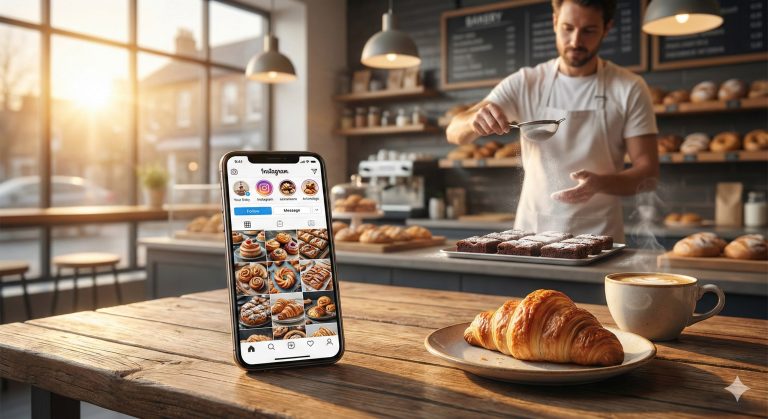Getting traffic to your website is great, but if visitors leave without buying, booking, or contacting you, your website is not doing its job. The real goal of a business website is not just to look good or get clicks, but to turn those clicks into customers.
That is where a conversion funnel comes in. It is a simple framework that helps you guide potential customers from curiosity to commitment. In this article, we will break down how small businesses can build and optimize their own conversion funnels without the need for a marketing degree.
What Is a Conversion Funnel and Why It Matters
Imagine your website as a store. People walk in and visit your homepage, browse around your products or services, and some eventually check out and make a purchase or inquiry.
A conversion funnel tracks this customer journey through four key stages:
- Awareness – They discover your business.
- Interest – They explore your offerings.
- Decision – They compare options and consider buying.
- Action – They make a purchase, book a service, or contact you.
When you understand how people move through these stages, you can see where they drop off and improve those areas.
Step 1: Understand Your Audience
Before you can convert visitors, you need to know who they are and what they want.
Ask yourself:
-
Who is my ideal customer?
-
What problem are they trying to solve?
-
What hesitations might stop them from buying?
Use tools such as Google Analytics or Meta Pixel to learn where your visitors come from and what pages they spend time on. The better you understand their needs, the easier it becomes to design a journey that leads to conversion.
Step 2: Build a Conversion Friendly Website
Your website is your digital storefront. To make it work for you, focus on clarity, trust, and ease.
✅ Keep it clear:
Your homepage should immediately say who you are, what you offer, and why it matters.
Example: “We design clean and affordable websites for small businesses that want real results.”
✅ Build trust:
Add customer reviews, testimonials, or photos of your actual work. People buy from businesses they trust.
✅ Make it easy:
Simplify your navigation, keep forms short, and make sure everything works perfectly on mobile. Remember, confused visitors do not convert, they leave.
Step 3: Craft Irresistible Calls to Action
A good call to action tells your visitors exactly what to do next and why they should do it.
Examples:
-
“Book a Free Consultation”
-
“Get 10 Percent Off Your First Order”
-
“Download Our Free Starter Guide”
💡 Tip: Use action words and place your calls to action in key sections such as your homepage, product pages, and blog posts. Do not hesitate to repeat them.
Step 4: Capture Leads and Nurture Relationships
Not everyone will buy right away and that is completely fine.
Offer something valuable like a discount, free resource, or newsletter to collect their email.
Once they subscribe, follow up:
-
Send helpful tips or success stories.
-
Share product updates or special offers.
-
Stay consistent because relationships turn leads into loyal customers.
You can use tools like Mailchimp, Klaviyo, or HubSpot for simple email automation.
Step 5: Measure, Test, and Improve
You cannot improve what you do not measure.
Keep an eye on metrics such as:
-
Conversion rate or how many visitors become customers
-
Bounce rate or how quickly visitors leave
-
Average time on page
-
Sales or inquiry numbers
Experiment with small changes:
-
Different call to action text or button color
-
New product photos
-
Shorter checkout process
Even small improvements can make a big difference over time.
Step 6: Keep Customers Coming Back
Your best customers are the ones who already bought from you.
Keep them engaged through:
-
Loyalty programs or exclusive discounts
-
Personalized thank you emails
-
Consistent after sales support
Repeat customers spend more and they bring friends.
Key Takeaway
Turning visitors into customers does not happen by chance, it happens by design.
A strong conversion funnel helps your business:
-
Attract the right audience
-
Build trust and relationships
-
Guide visitors smoothly toward a sale
Whether you are a café owner, an online seller, or a service provider, these steps can help you make your website a real business tool instead of just an online brochure.



